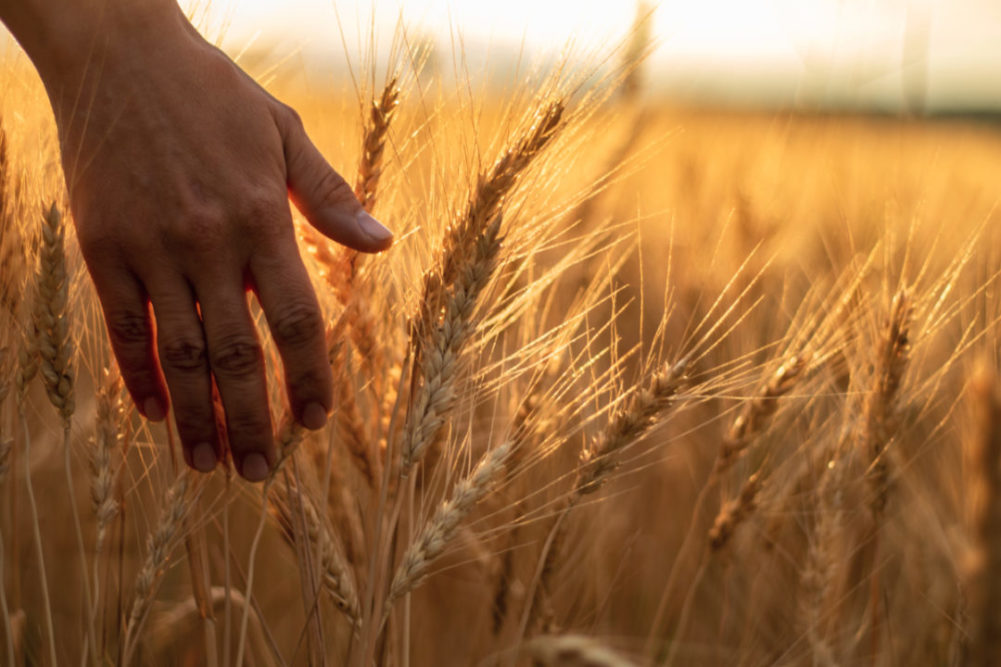MANHATTAN, KANSAS, US — Approximately 80 individuals — or “scouts” as they would come to be called — squeezed into a Central Kansas hotel meeting room May 16 for the 65th annual Kansas Hard Winter Wheat Tour orientation. The tour, organized and conducted by the Wheat Quality Council, is the first “normal” post-COVID tour, that hoped to carry on the tradition of bringing a large cross section of wheat industry stakeholders into wheat fields for a firsthand look at the quality of this year’s crop prior to harvest.
“We say this every year, but this year is unlike the others,” said Aaron Harries, vice president of research and operations for Kansas Wheat, as he welcomed the scouts to this year’s tour. “The variability from mile to mile and county to county is going to be something we haven’t seen in a while.”
After an unfortunate combination of a warm and wet fall followed by a cold and dry spring, the Kansas wheat crop is under stress.
“The best outcome for wheat quality is when we’re slightly higher in temperature and slightly drier than normal so there’s a little stress, which gives us the best chance of protein and flour performance,” said Dave Green, executive vice president of the Wheat Quality Council and coordinator of the tour, adding that growing wheat is akin to training an athlete that needs a little stress to perform well.
The scouts were told to expect to see everything from lush wheat fields with kernels starting to develop in the eastern half of the state all the way to fields being prepared for abandonment, mainly in the southwest. The variety in stages was driven by severe drought conditions.
“We’ve been so cold and dry, especially in the south and southwest part of the state, that it has really squeezed the reproductive stage of the crop,” said Romulo Lollato, professor of agronomy at Kansas State University.
One southwest wheat farmer in attendance, Gary Millershaski, said, “It has been 290 days since we had a one-inch rainfall. All our pastures are dead like it’s the middle of winter.”
For the next three days of the tour, the scouts will ride in groups of four across Kansas, stopping every 10 to 15 miles across pre-determined routes, to randomly measure the amount of wheat growing per foot and assess its conditions. The data collected will then be inputted into specific formulas, depending on the growth stage of the wheat, which later will be summarized into how many bushels per acre the Kansas crop is expected to yield in addition to a production estimate. The scouts, who’ve come from coast to coast and as far north as Canada and as far south as Mexico, represent every point of the wheat industry, including producers, grain millers, end users, government officials and news media.
Typically, the state of Kansas produces around 330 million bushels of winter wheat. But this year, the US Department of Agriculture in its May 12 Crop Production report forecast the Kansas crop at 271 million bushels, down 26% from 2021.




